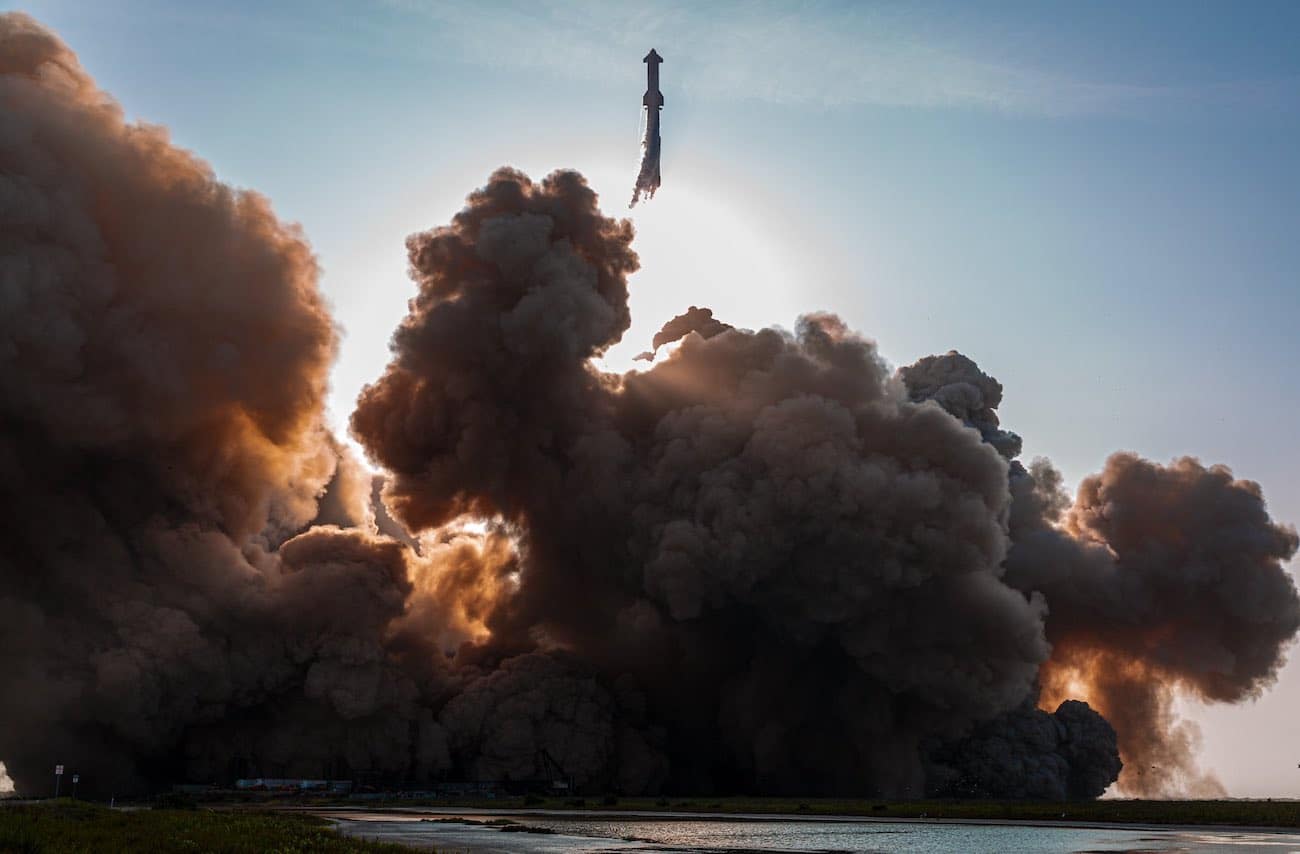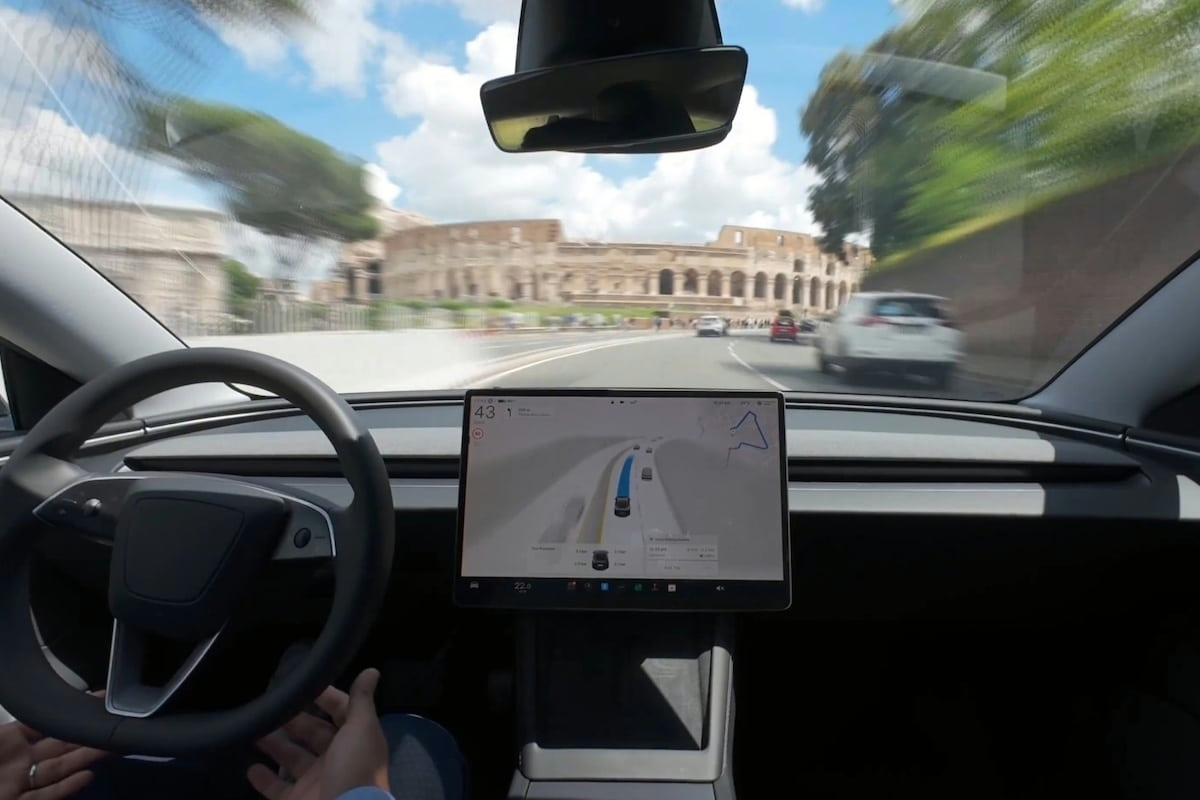SpaceX Starship: discover its frightening carbon footprint

On April 20, 2023, Elon Musk and his company SpaceX launched Starship, the largest and most polluting rocket in history.
The space conquest fantasies and the appropriation of Earth’s orbit by Elon Musk and SpaceX, aiming to deploy thousands of commercial satellites, have a massive environmental impact on the planet. And therefore on its inhabitants, wildlife, and flora. It’s unlikely that the cheers and applause heard in the video provided by SpaceX are appropriate.
Behind the populist awe of gazing at a giant rocket 120 meters high and 9 meters wide aiming for the moon lies mainly the schizophrenic inconsistency of our society. On Thursday, April 20, 2023, the largest spacecraft ever designed, SpaceX Starship, successfully took off before exploding three minutes later at 30,000 meters altitude. Due to its gigantism, Starship poses a huge threat to the planet, not just the vicinity of its launch pad. And the outcry quickly reached the United States.

It must be said that the project raises the most legitimate questions. How did SpaceX manage to obtain permission to launch its rocket near Boca Chica Nature Reserve, located at the extreme south of Texas? This is a sanctuary for some of the most endangered wildlife on the planet (Kemp’s Ridley sea turtles, migratory birds, etc.). How did the U.S. federal authority issuing flight permits, the FAA (Federal Aviation Administration), fail to minimize the impact of the full-power start of SpaceX’s 33 engines? Noise, light, air pollution—everything adds up.
Thousands of tons of CO2
According to statements made by SpaceX to the FAA, each launch of its Starship rocket would emit about 2,683 tons of CO2, along with 1.7 tons of nitrous oxide. A gas 298 times more harmful than CO2, making the final tally of a launch estimated (but who to believe?) at 3,190 tons of CO2. For comparison, that’s equivalent to a nonstop flight of a Boeing 737 for 15 days! All just for 3 minutes of flight…
This is the theory. In practice, the scandal is growing in the United States, where the repercussions of the launch have been significant, especially in Port Isabel, located 10 km from the launch site. The shower of particles (soot, gases, black carbon) that fell over the town caused panic. Dust and debris from the destroyed launch pad during the initial seconds of the flight were inhaled by residents, some requiring emergency care, and legal action was taken.

Several hours after the launch, satellites monitoring the planet detected an accumulation of particles in the air up to 40 kilometers altitude, with concentrations that could cause lasting damage to the ozone layer protecting Earth. All these elements must be considered at a time when SpaceX plans to increase rocket launches to satisfy its space tourism ambitions for billionaires craving sensation. But also exploration of the Moon and Mars, and satellite networks around the planet to sell increasingly efficient data transfers to keep Instagram and TikTok with us everywhere.
It is urgent that a major global debate be established to regulate the space sector. Without it, the grand speeches guilt-tripping everyone into changing their daily habits will no longer be listened to.
READ ALSO: Environmental debate: should speed limit thresholds be revisited?
This page is translated from the original post "SpaceX Starship : découvrez son effroyable bilan carbone" in French.
We also suggestthese articles:
Also read






